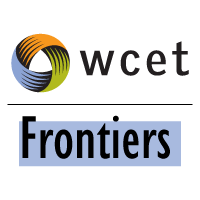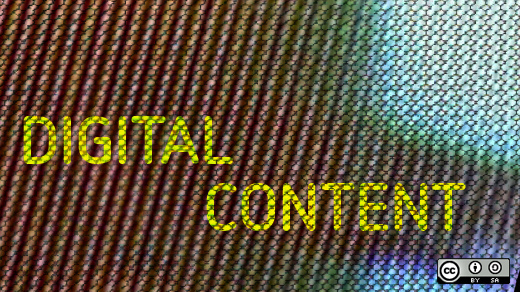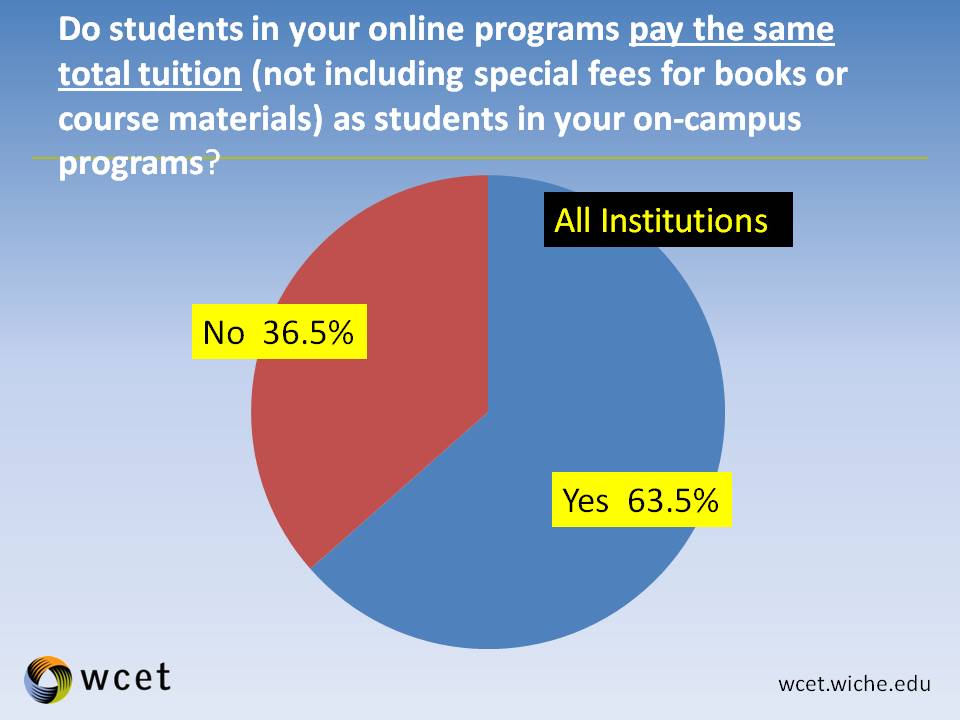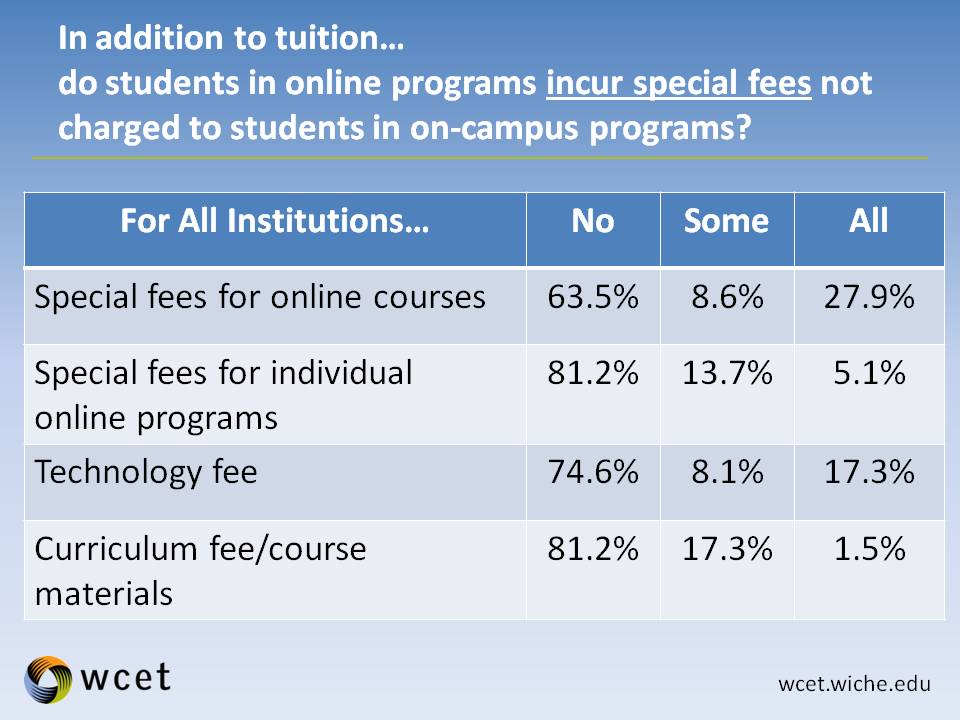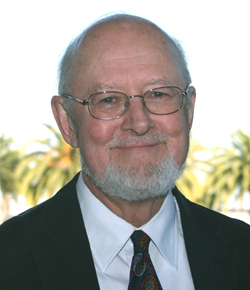Yesterday we completed WCET’s Leadership Summit on New Directions for Digital Learning Content. We had great conversations with academic leaders, elearning professionals, and corporate executives about educational digital resources of all kinds.
Thank you to T.J. Bliss, doctoral candidate at BYU, for taking extensive notes. Using Google docs, we’ll be adding more to those notes in the next few days. Again, we’ve compiled some notable highlights of what we heard and of the differing points-of-view. Be sure to catch
First, we’d like to give a shout-out to Glenda Morgan of the University of Illinois, Urbana-Champaign for providing the day’s lasting meme…free-range learning. Accompanied by a great picture of chickens enjoying a grassy field, she said that free range chickens begin with a coop and some basic food. Even so, they spend most of the day looking for other food on their own. Likewise, free-range learning gives a basic structure, but students are allowed to discover on their own.
Kaye Howe from the National Science Digital Library had several gems:
- We are now overwhelmed by content. Things like curation are enormously important. Organizing knowledge requires great skill.
- Knowledge is a counsel against despair. Knowledge breaks down the erroneous ideas we get of the “others.”
- The digital world has created a complete inversion of authority. I can’t be confident that I know more than my students do. “This inversion of authority is one of the most important things that has happened on the planet since we staggered out of the Garden of Eden.”
- “We’re learning something about how people learn and trying to share and pass that on to each other. We’re trying to break down the forces of the counter-reformation who are trying to find new ways to impose control.”
In one year, Western Governors University went from 103 required textbooks to only four. 98% of the ebook delivery is at no extra costs to WGU students. They accomplished this through partnerships with CourseSmart, Flatworld Knowledge, VitalSource, Pearson, and Soomo.
Chris Manriquez talked about several initiatives of California State University, Fullerton:
- Their “Mobile First” paradigm is supported by giving mobile devices (laptop, iPhone, and IPad) to every qualified faculty member. He later revealed that the iPads were paid for by savings from not using paper for everything.
- The California State University’s Affordable Learning Solutions Campaign enables faculty to choose quality educational content that is more affordable for their solutions.
- The institution sponsored CourseSmart as an inCommon Partner.
Lessons from Chris Manriquez:
- Adoption has been slow. Transition to digital content is not an overnight event.
- Present the device as an option, not a solution.
- Show the value added.
- Use multiple pilot groups.
Christina Royal from Cuyahoga Community College discussed their purchase of hundreds of licenses from Flatworld Knowldege. The student reaction:
- 91% thought that open textbooks were more cost effective.
- 78% said that the open textbook was the same or more engaging than other textbooks that they used.
- 73% believed that digital was of the same quality as print.
- 49% said that they preferred digital to paper.
David Porter discussed BCcampus’s “collaborate to compete” initiatives to reduce costs and create efficiencies. He encouraged building partnerships, such as the international OERu and the North American Network of Science Labs Online patnership with WICHE. David challenged WCET to create a new initiative highlighting open practices.
David Wiley addressed ways that individual faculty could follow open practices on their own. Where does the terrain lie to become free-range learners?
- Put your course syllabus on a wiki and invite student to rearrange or change the course. It took four years before the firs student took him up on this offer.
- Only assign items that are openly available on the web.
- Have each student create a blog about their learning and share the blog location on the wiki. Make learning part of the world conversation, not just an assignment that one faculty person will red.
- Instead of a textbook, Wiley created a sitcom-like discussion among several people. Using an open format, students added to it.
- Wiley invited anyone in the world to participate in his classes. The participants weren’t enrolled, but he gave them a letter if they successfully completed the course requirements.
- Wiley recommended the open badge infrastructure. A student completes a certain set of badges for an A, a reduced set for a B, and so on. Unlike transcripts (which are relatively worthless), skills are verified.
- Attend the Open Ed Conference in Vancouver in October.
Richard Culatta from the U.S. Department of Education described five initiatives:
- LEAD (Leading Educaiton by Advancing Digital) Commission, which will “develop a blueprint detailing the opportunity for using technology as a catalyst to transform and improve American education.”
- MyDAta Button will allow students to download student data in a machine readable format. The Department is working on a “minimal open data format” for offering this service.
- Digital Badges for Learning calls for an open infrastructure to show competencies.
- Learning Registry will provide “educators, learners, innovators, and the general public with access to learning resources from a variety of platforms.”
- EdEx – There’s a need for individualized student data and the Department is seeking a standard agreement to move data from business-to-business. The template would alleviate the need to create a new agreement for each partnership.
Corporate Sponsor Partnership Opportunities Announced at the Summit
CourseSmart announces pilot project for WCET members. Shannon Meadows invites 10 WCET members to provide digital course materials contextually placed within the LMS with the following goals:
- Provide more affordable Course Materials based on the institutions business practices.
- Measure the effectiveness of contextual provisioning of course materials within the LMS.
- Measure the effectiveness of mobile access to digital course materials.
- Assess institution, student, and faculty experiences with digital course materials relative to hard copy alternatives.
Contact Shannon Meadows, if you are interested.
Flatworld Knowledge announced a partnerships pilot program that will:
- Provide you with a person dedicated to helping your faculty.
- Provide access to a virtual bookshelf for a standard per student, per course price.
- Offer flexible delivery options.
Contact David Littlehale if you are interested.
Blackboard announced their pilot project for this coming Fall with the goals of:
- Introduce different ways to access and use digital content in Blackboard Learn and CourseSites.
- Gather user feedback.
- Facilitate the creation of courses in Blackboard using different types of digital learning content that can be easily shared with other users – both as Blackboard courses as well as OER courses.
- Develop community advocates.
Contact Julie Kelleher if you are interested.
Russ
Russ Poulin
Deputy Director, Research & Analysis
WCET – WICHE Cooperative for Educational Technologies
rpoulin@wiche.edu
Support our work. Join WCET.
Photo credit from Morgue File: http://morguefile.com/archive/display/100782
